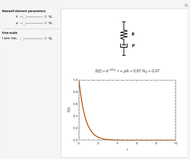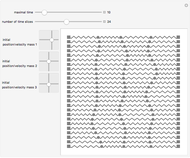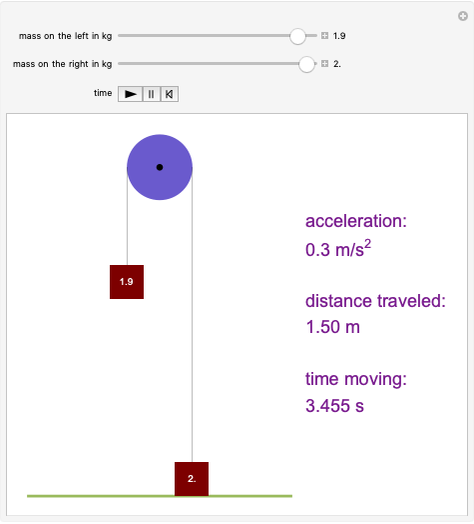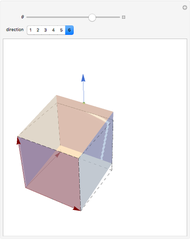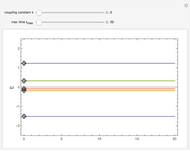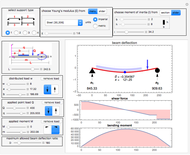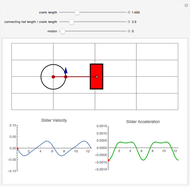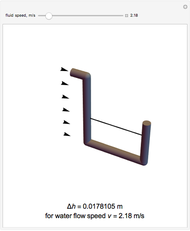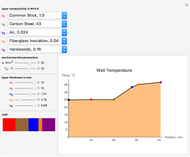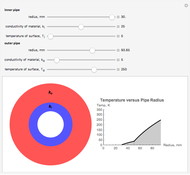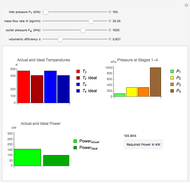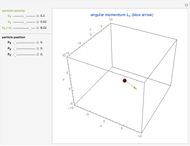Normal and Shear Coupling for Unidirectional Angle Ply

Requires a Wolfram Notebook System
Interact on desktop, mobile and cloud with the free Wolfram Player or other Wolfram Language products.
This Demonstration shows the coupling between normal stress and shear strain for a unidirectional, fiber-reinforced angle ply. By varying the applied stress, the material properties of the composite, and the ply angle  , you can observe the degree of coupling between normal stress and shear strain for an angle ply. Note that for plies of 0 and 90 degrees, there is no coupling because they behave as orthotropic materials. The effect of varying the longitudinal and transverse stiffness, along with Poisson's ratio, can also be observed.
, you can observe the degree of coupling between normal stress and shear strain for an angle ply. Note that for plies of 0 and 90 degrees, there is no coupling because they behave as orthotropic materials. The effect of varying the longitudinal and transverse stiffness, along with Poisson's ratio, can also be observed.
Contributed by: Sara McCaslin and Fredericka Brown (March 2011)
Open content licensed under CC BY-NC-SA
Snapshots
Details
For continuous fiber-reinforced plies, subscript 1 represents the longitudinal axis of a  ply (axis along the length of the fibers) and subscript 2 represents the transverse axis (perpendicular to the length of the fibers). A unidirectional, thin, continuous fiber-reinforced
ply (axis along the length of the fibers) and subscript 2 represents the transverse axis (perpendicular to the length of the fibers). A unidirectional, thin, continuous fiber-reinforced  ply can be modeled as an orthotropic material in a state of plane stress. Hooke's law can be represented as
ply can be modeled as an orthotropic material in a state of plane stress. Hooke's law can be represented as  , where
, where  is the strain vector
is the strain vector  ,
,  is the stress vector
is the stress vector  , and
, and  is the reduced compliance,
is the reduced compliance,
 .
.
For an angle ply rotated an angle  counterclockwise from the
counterclockwise from the  axis, the rotated compliance matrix is given by
axis, the rotated compliance matrix is given by

The resulting strain is then given by 
For more information, see Fiber Reinforced Composites.
Reference
[1] B. D. Agarwal, L. J. Broutman, and K. Chandrashekhara, Analysis and Performance of Fiber Composites, 3rd ed., New York: Wiley, 2006.
Permanent Citation










